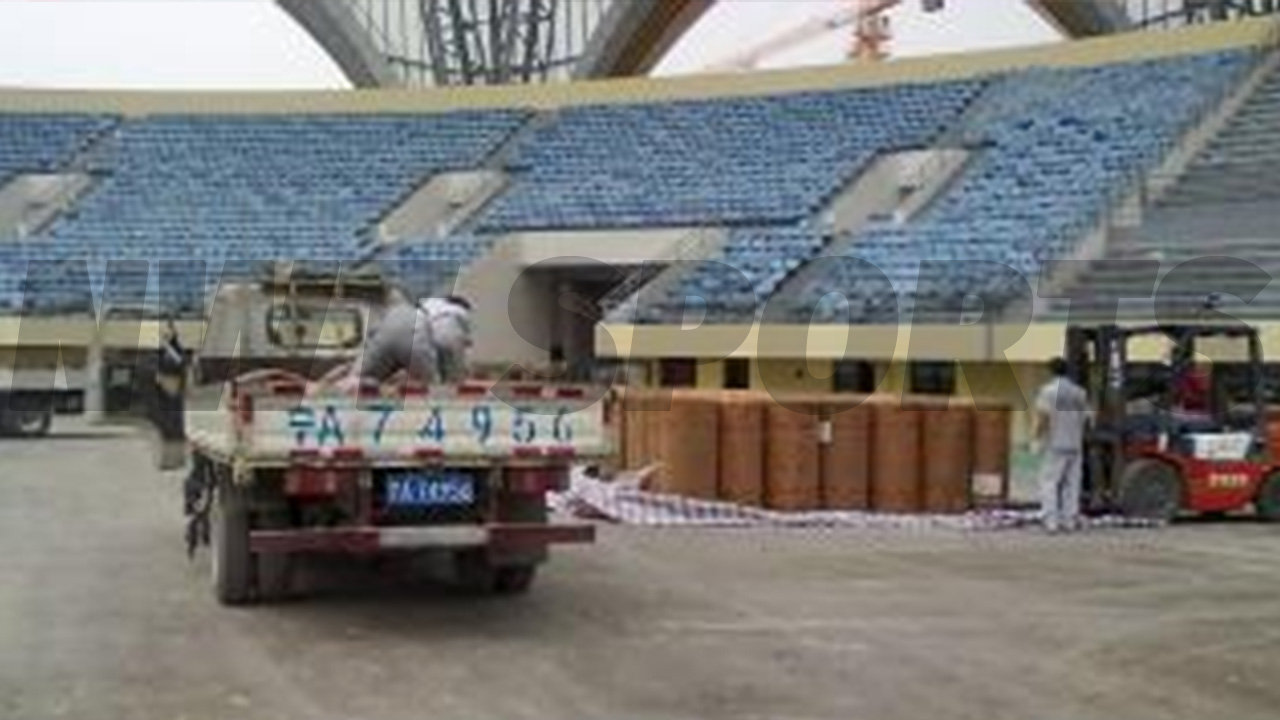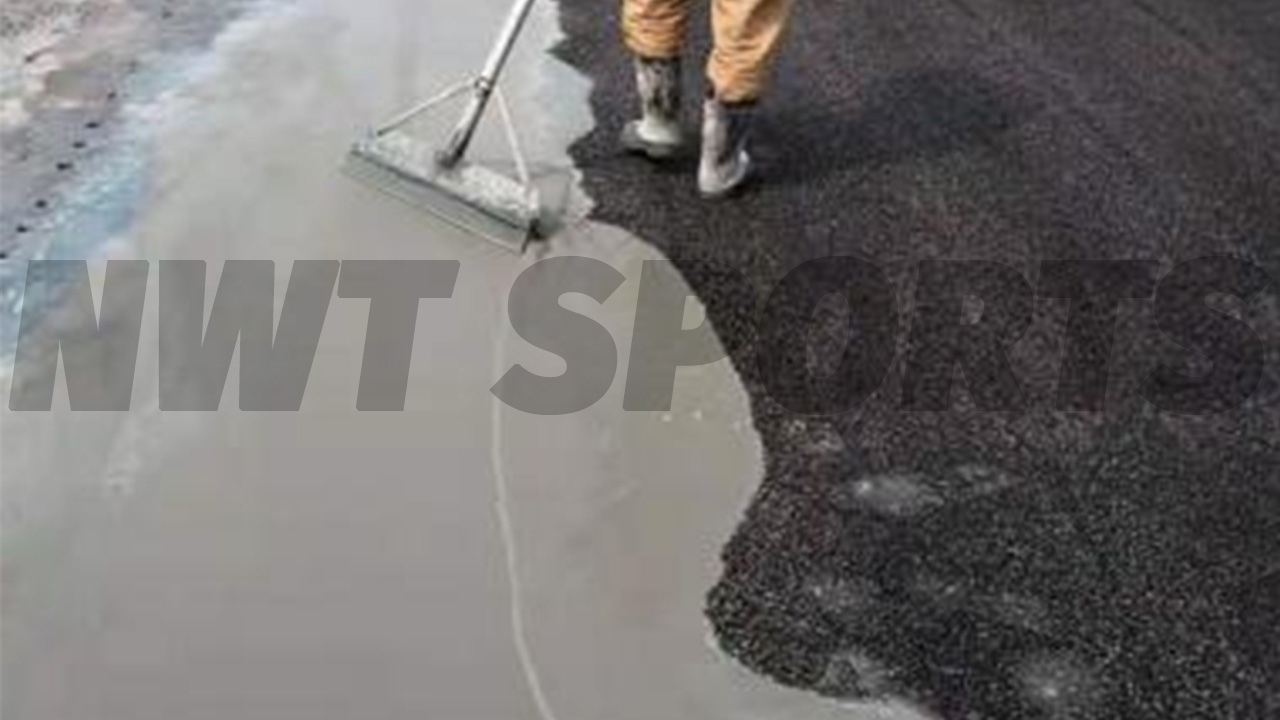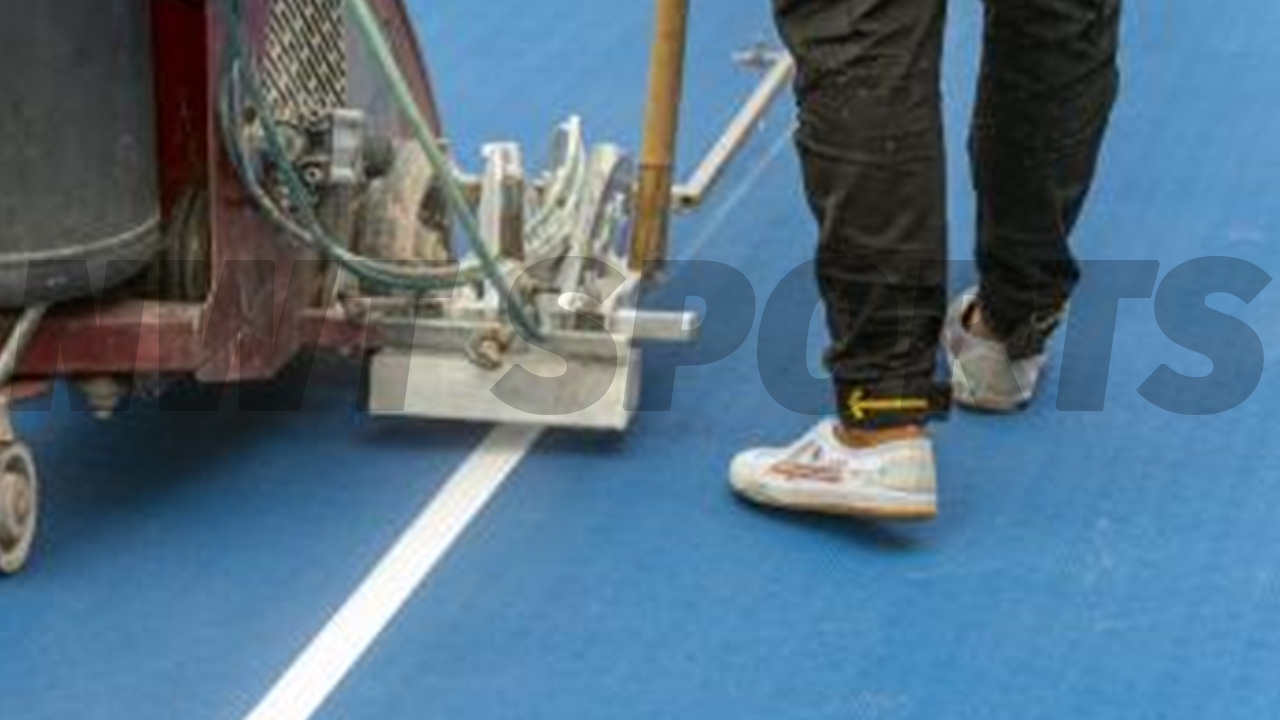The accurate measurement and marking of running track dimensions are critical steps in the construction process. Properly marked dimensions ensure compliance with athletic standards and provide a seamless surface for athletes. Here’s a detailed guide to measuring and marking running tracks, providing precise references for installation.
1. Understand Standard Track Dimensions
Before beginning the measurement process, it’s important to know the standard dimensions for running tracks:
· Oval Shape: Running tracks typically feature two straight sections connected by two semi-circular bends.
· Lane Width: Standard lanes are 1.22 meters (4 feet) wide.
· Inner Radius: The distance from the track's center to the inner edge of the first lane varies depending on the facility. For most international tracks, the radius is between 36.5 and 40 meters.
· Track Length: A standard track is 400 meters in circumference when measured along the inner edge of lane one.
2. Prepare the Site
Site preparation is essential to ensure accurate measurements:
· Level the Ground: A flat, stable surface prevents measurement errors.
· Remove Obstacles: Clear the area of debris, vegetation, and uneven surfaces.
· Identify Reference Points: Determine the center points for the straight sections and the semi-circular bends.


3. Tools and Equipment Needed
Gather the following tools for precise measurement and marking:
· Measuring Tape: Long, flexible measuring tapes designed for athletic fields.
· Surveying Equipment: Use a theodolite or laser level for angular measurements and leveling.
· String and Stakes: For creating straight lines and curved edges.
· Marking Paint or Chalk: Temporary markers for layout lines.
4. Steps to Measure the Track Dimensions
Step 1: Establish the Inner Edge
1. Mark the Inner Radius: Use a measuring tape from the center of each semi-circular bend to mark the inner edge of lane one.
2. Connect the Straight Sections: Use stakes and string to create a straight line between the two curves for the inner edge.
Step 2: Mark Each Lane
1. Measure Lane Widths: Starting from the inner edge, measure and mark each lane at 1.22-meter intervals.
2. Draw Curves for Each Lane: Use the same center points as the inner edge but add the lane width for each successive lane.
Step 3: Verify Total Length
1. Measure the Circumference: Ensure the total length of lane one is exactly 400 meters.
2. Adjust If Needed: Fine-tune the curves or straight sections to achieve the correct total distance.
5. Marking the Track

Once measurements are verified, permanent markings can be applied:
· Line Painting: Use high-durability paint to mark lanes, starting and finish lines, and staggered starts for different events.
· Event-Specific Markings: Include hurdle placement, relay zones, and steeplechase markings based on the facility’s intended use.
· Boundary Markers: Clearly define the inner and outer boundaries to maintain compliance with regulations.
6. Double-Check for Accuracy
After marking, re-measure all critical dimensions:
· Verify the distance between all lanes and the inner edge.
· Check the radius of curves and the alignment of straight sections.
· Ensure all event-specific markers meet official standards.
7. Provide References for Installation
Once the dimensions and markings are finalized:
· Create a detailed layout plan to guide contractors during surface installation.
· Use stakes or temporary markers as references during the paving process to maintain accuracy.
Conclusion
Accurately measuring and marking running track dimensions is essential for creating a compliant and functional surface. With proper tools, careful planning, and adherence to standard guidelines, you can ensure a successful installation. For premium-quality track surfaces and professional guidance, consider NWT Sports, a leader in innovative and durable sports flooring solutions.
Post time: Jan-02-2025
